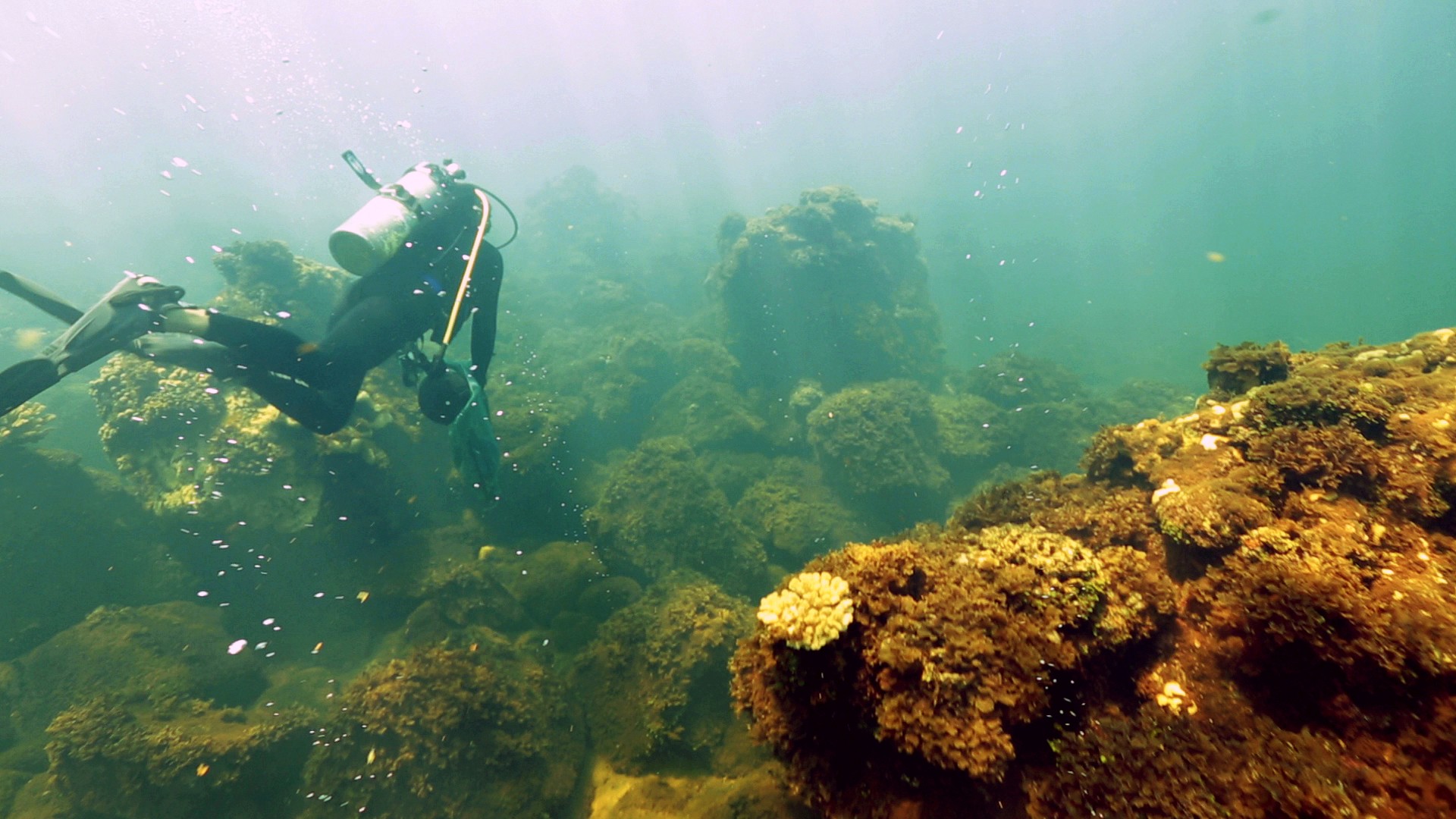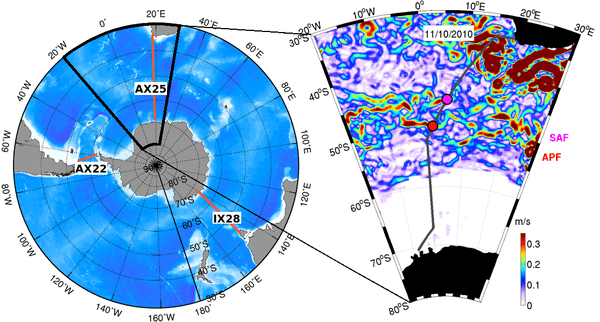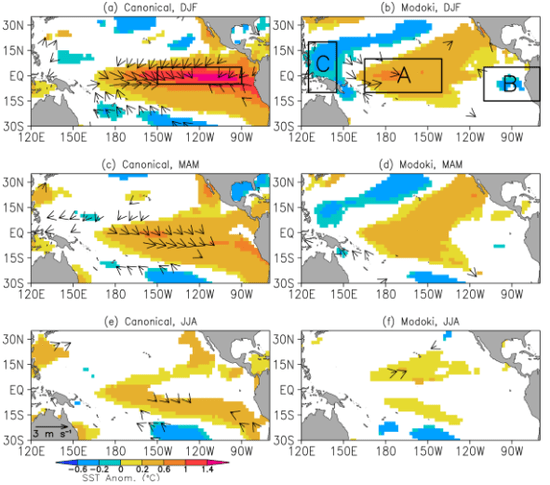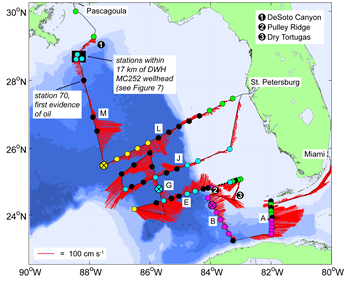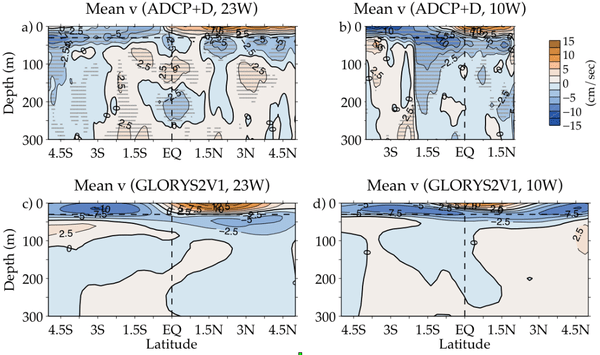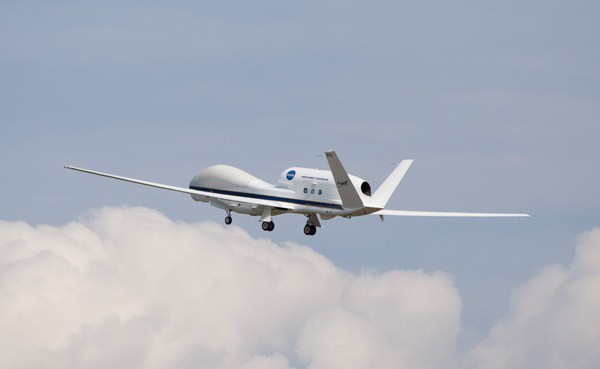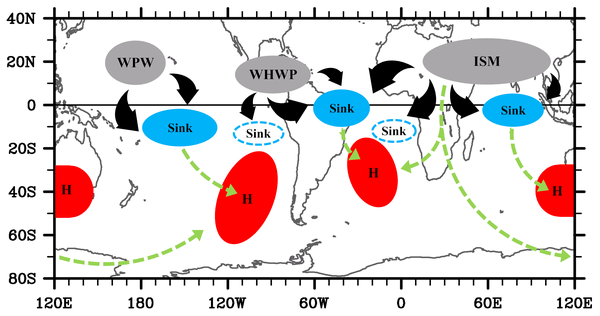Volcanic Island of Maug Provides Natural Lab for Ocean Acidification
Maug is a unique natural laboratory that allows us to study how ocean acidification affects coral reef ecosystems. We know of no other area like this in U.S. waters. Increasing carbon dioxide in seawater is a global issue because it makes it harder for animals like corals to build skeletons.
